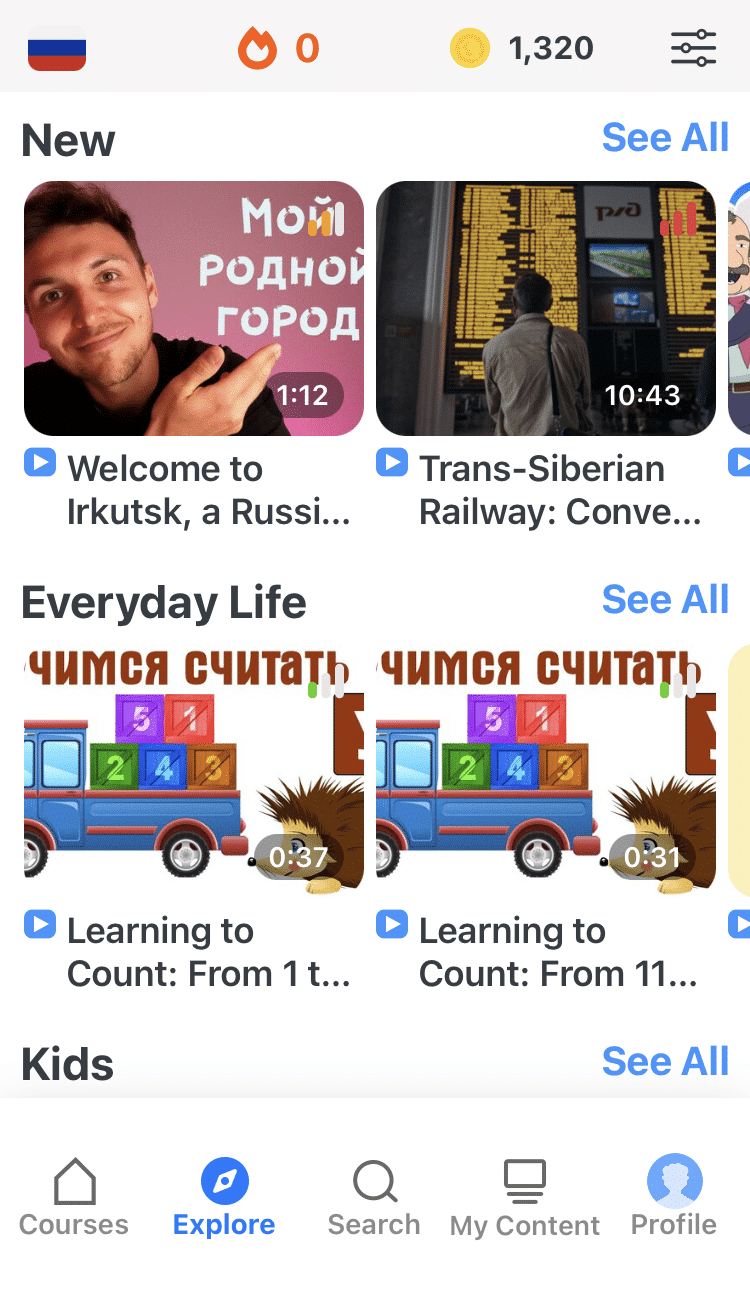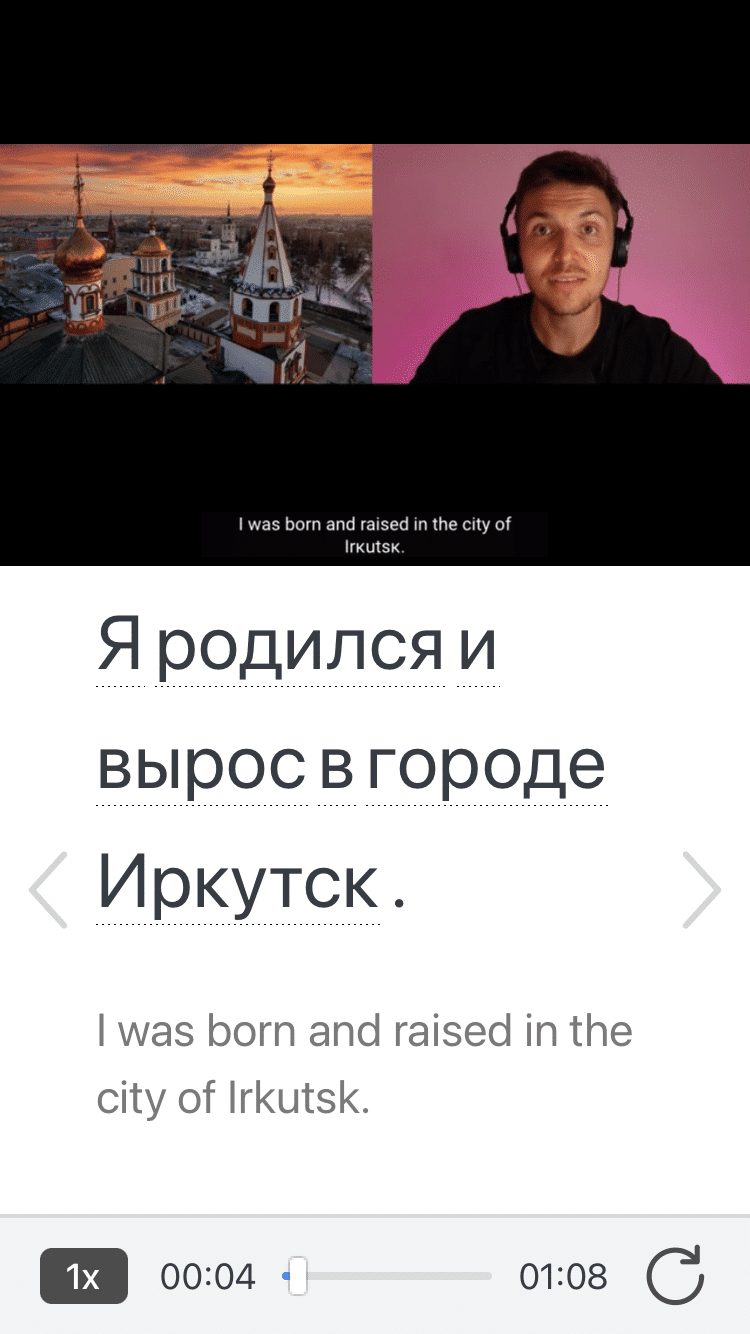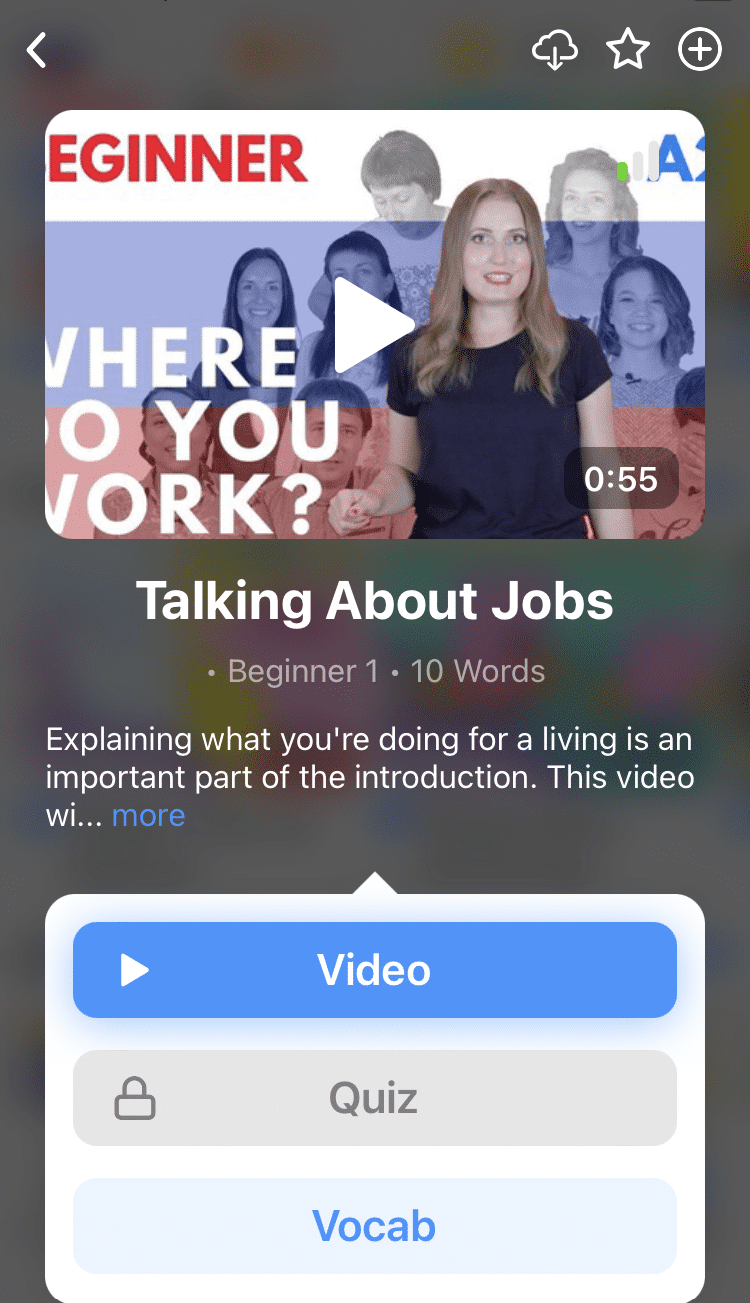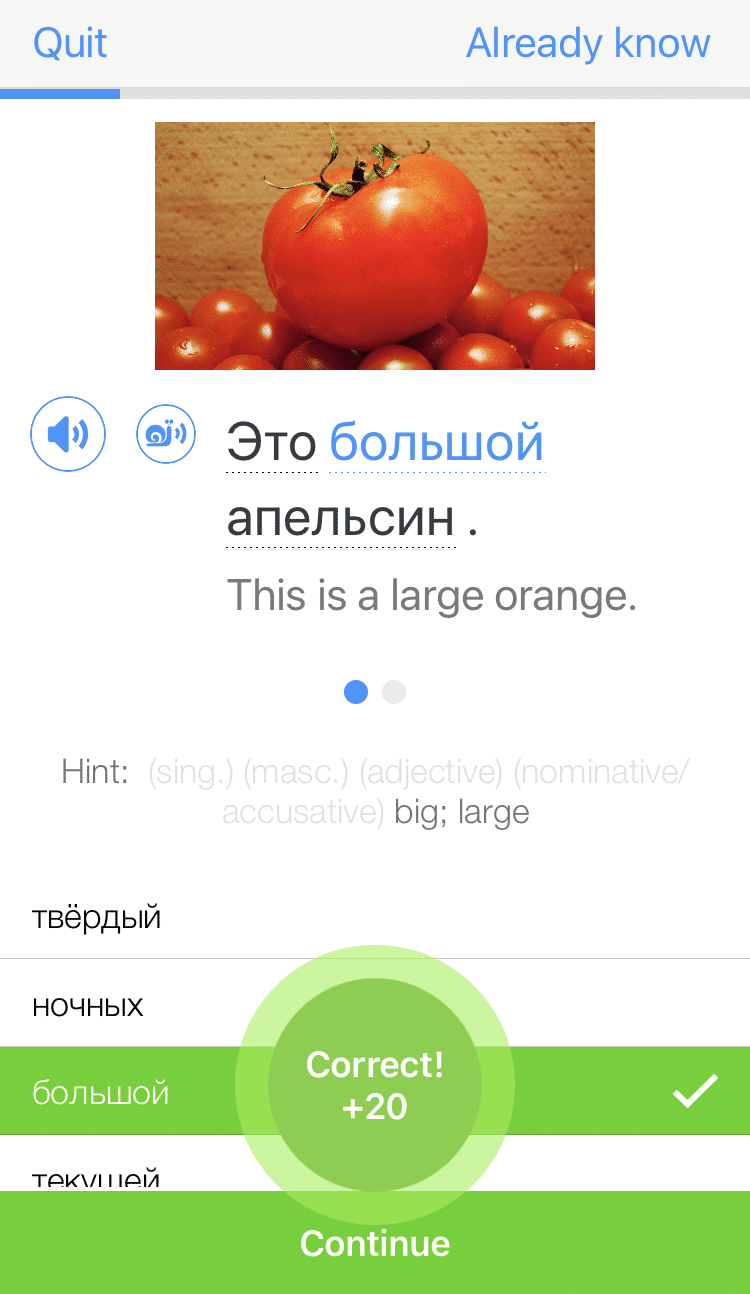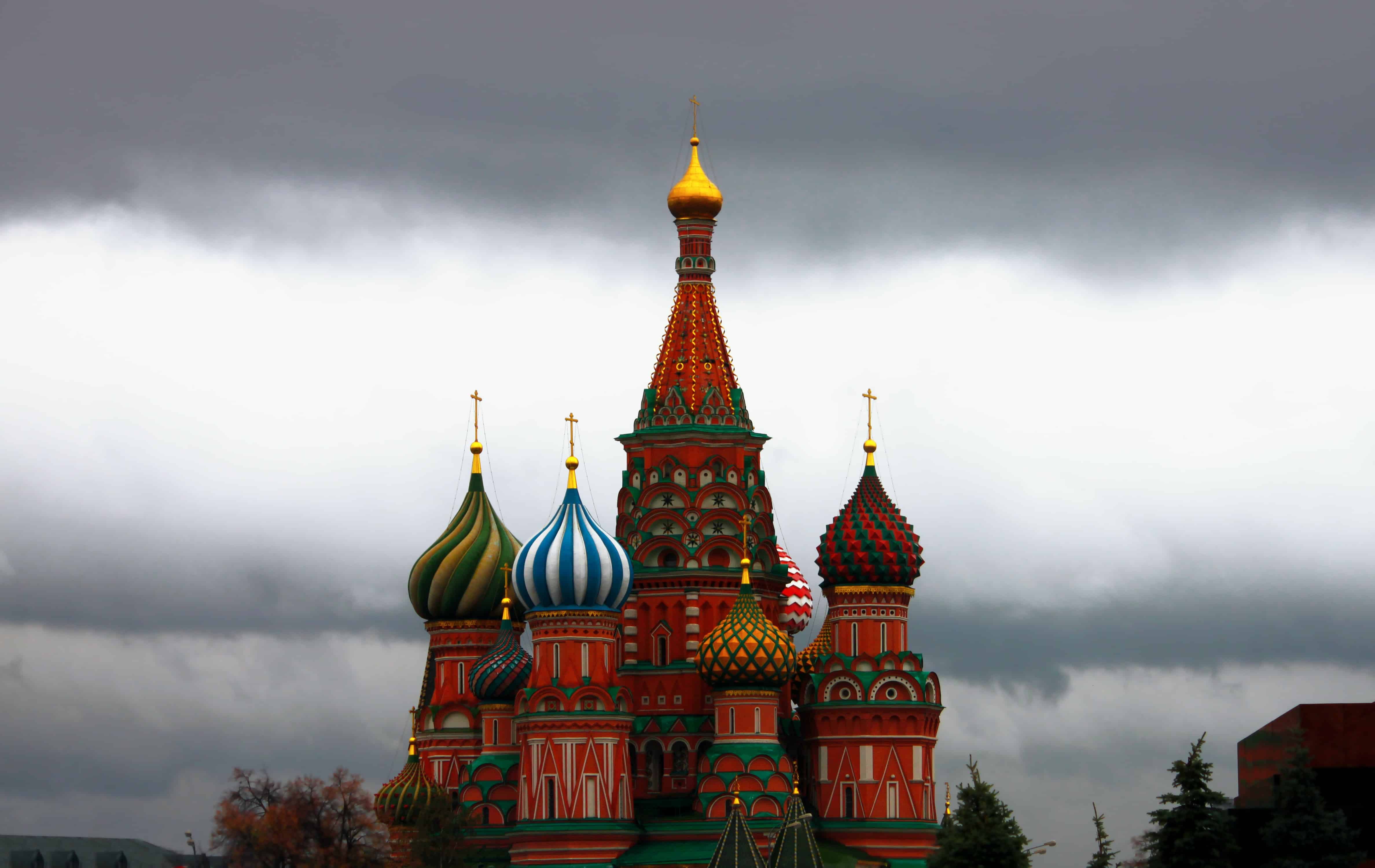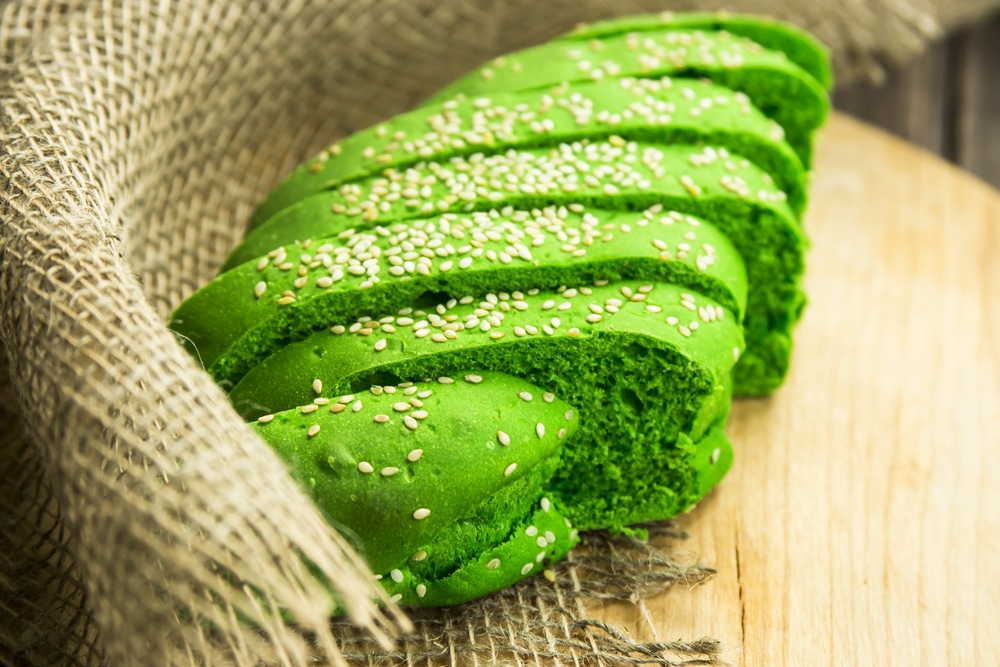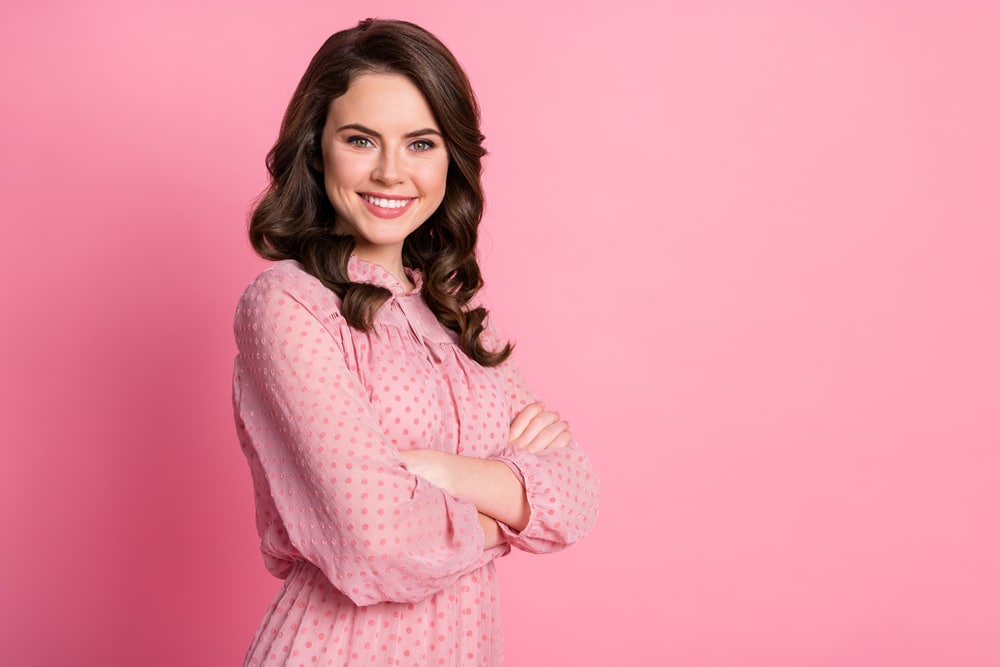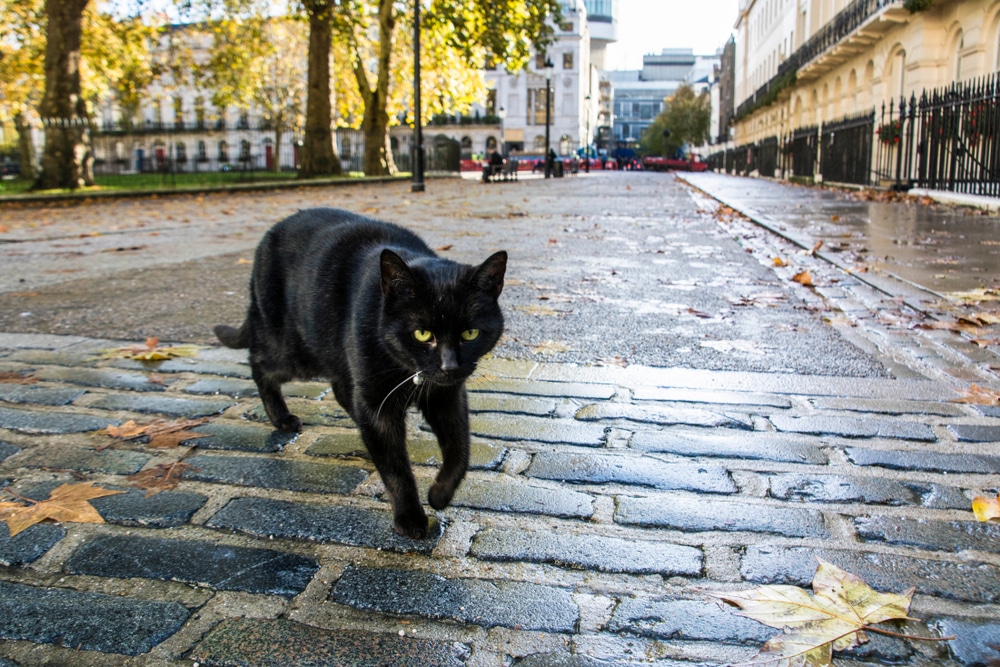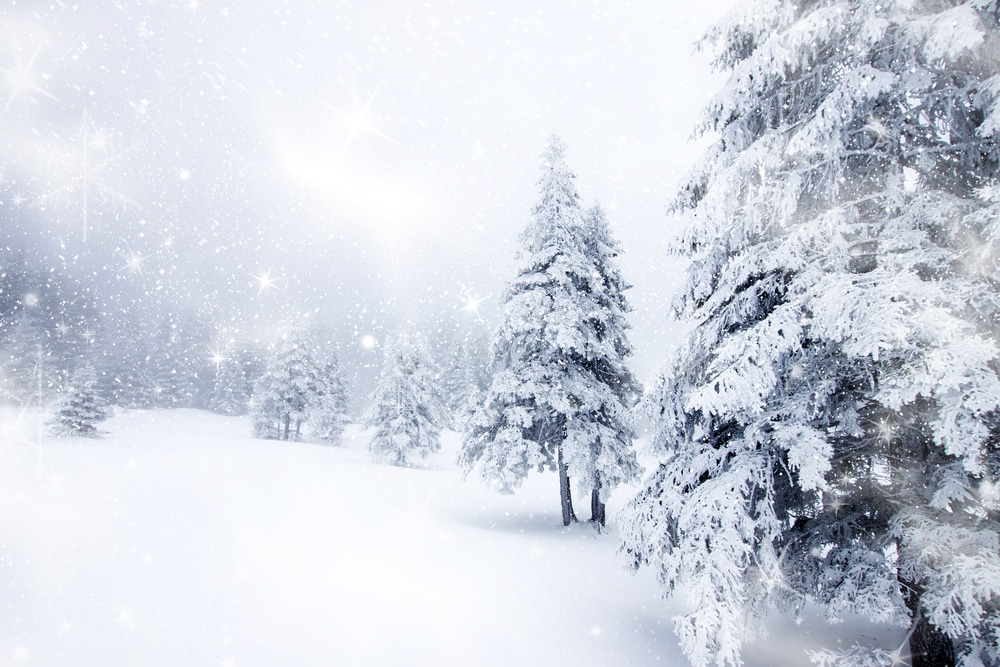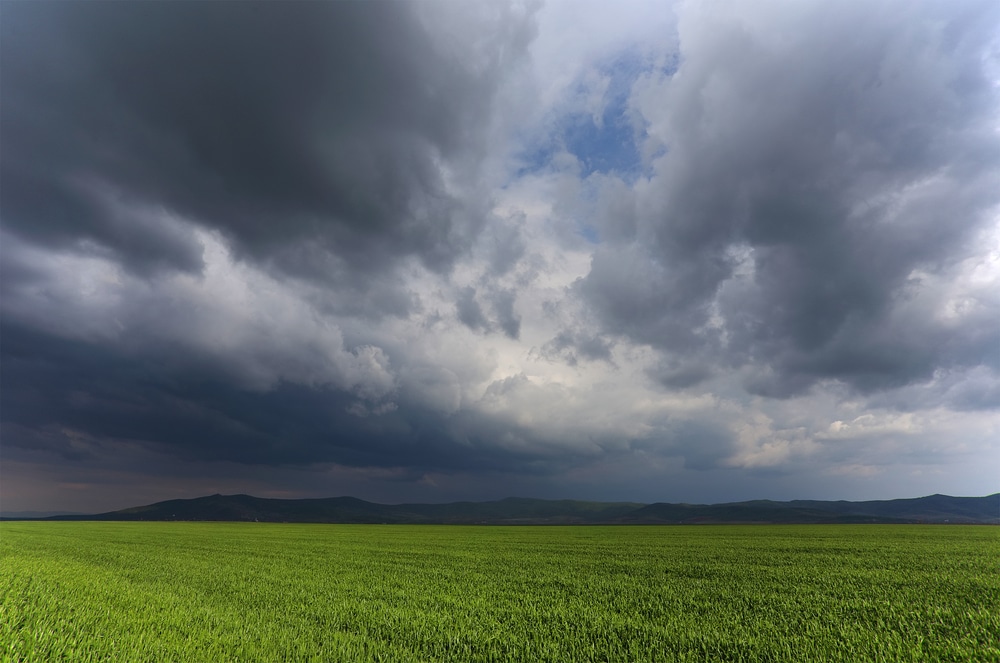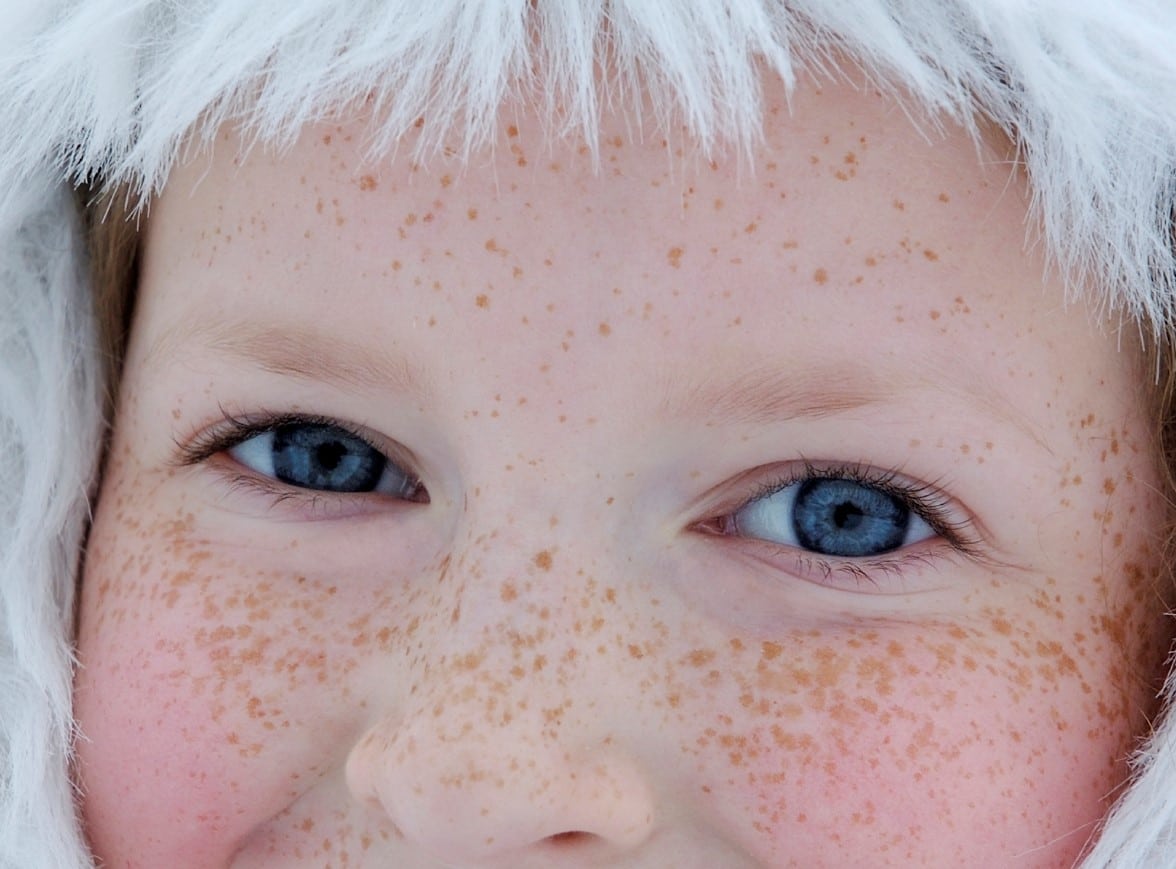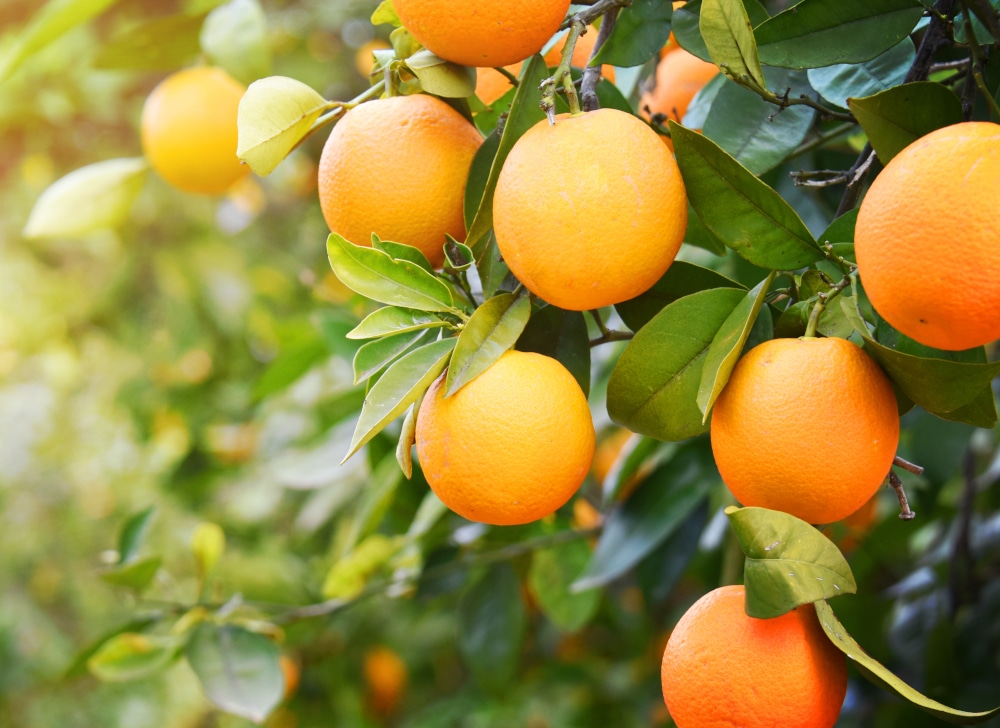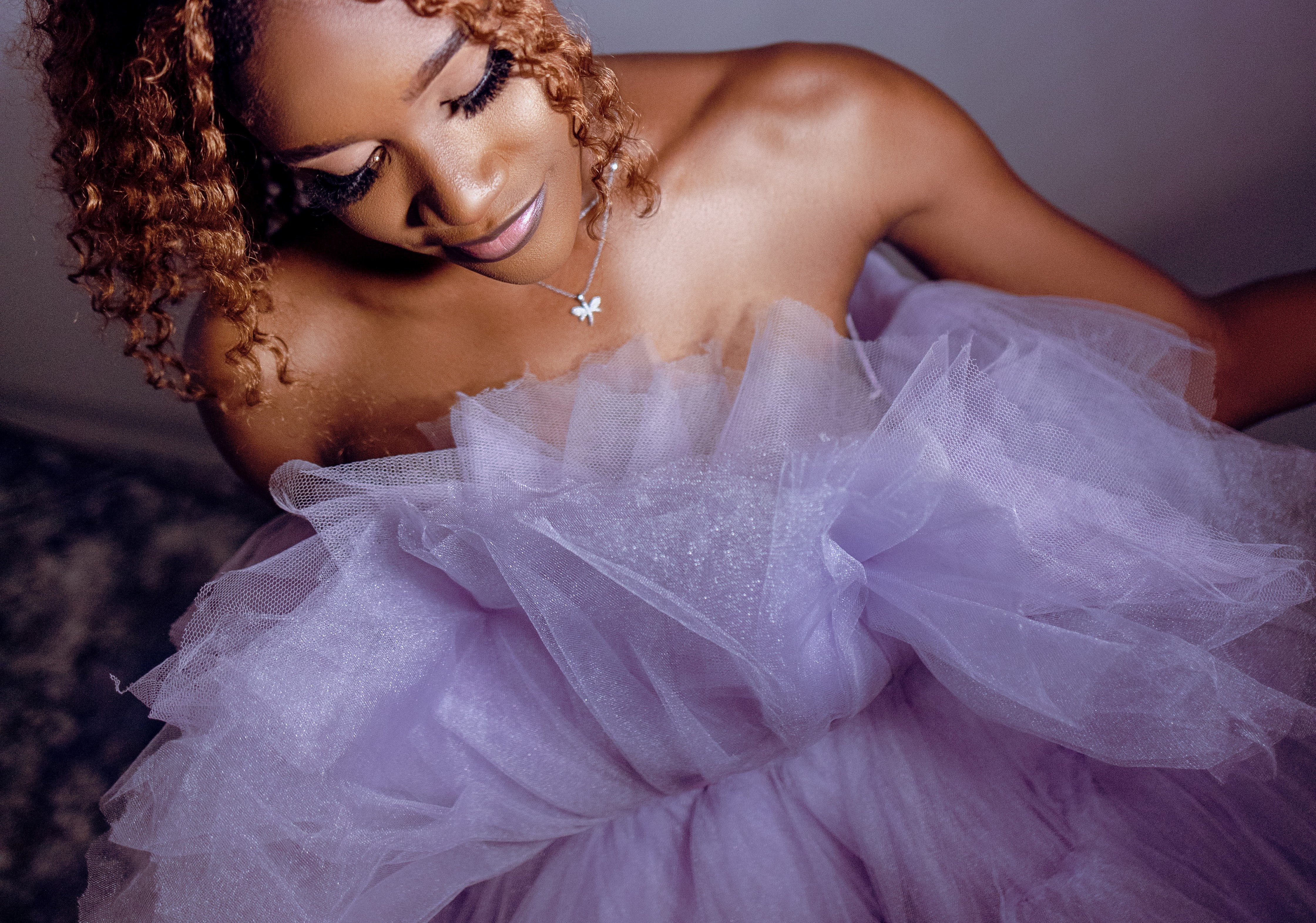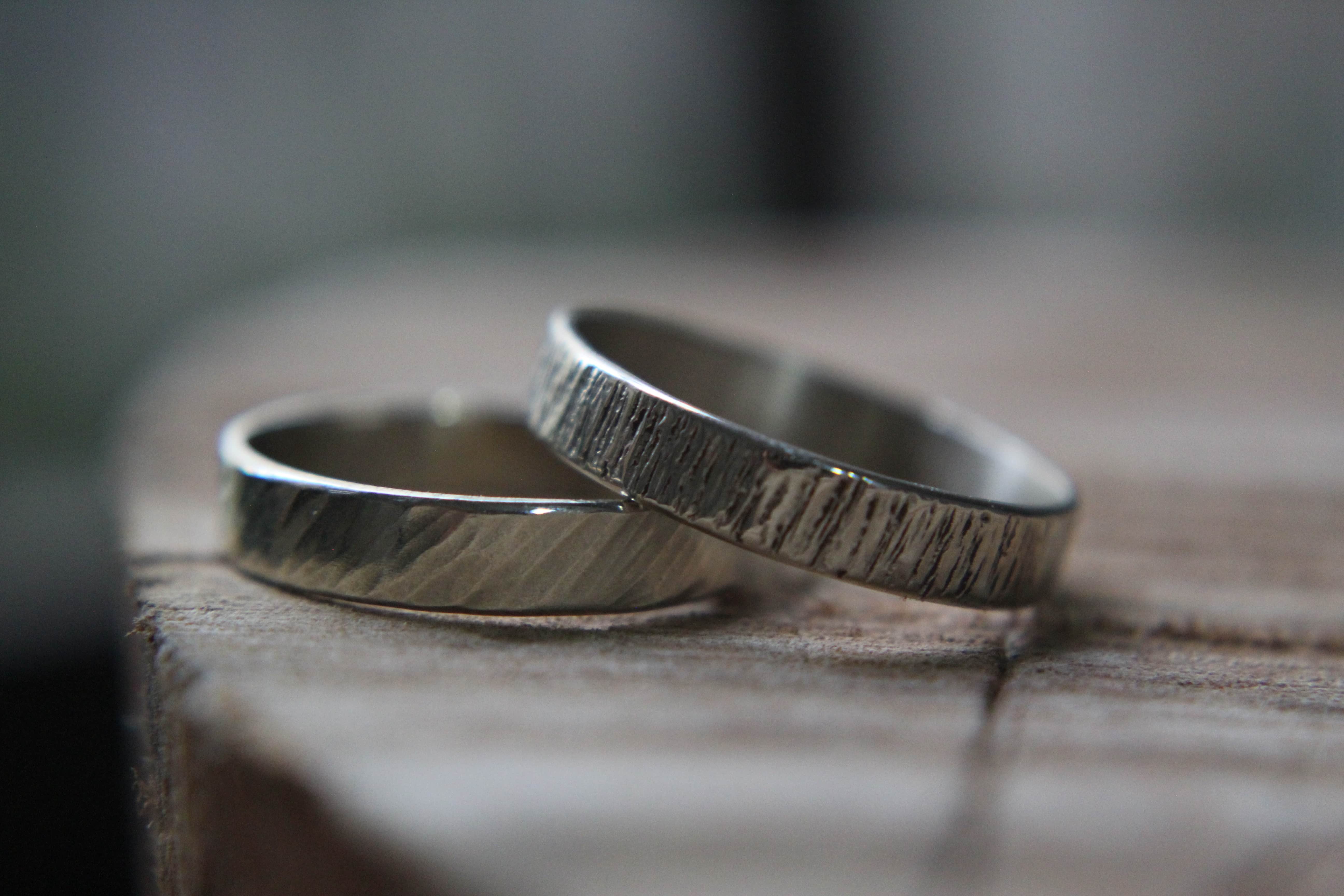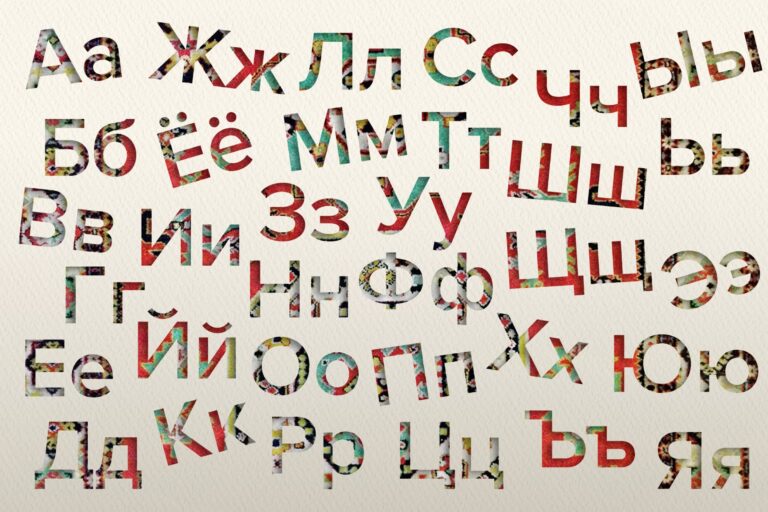Russian Colors: What They Are and How to Say Them
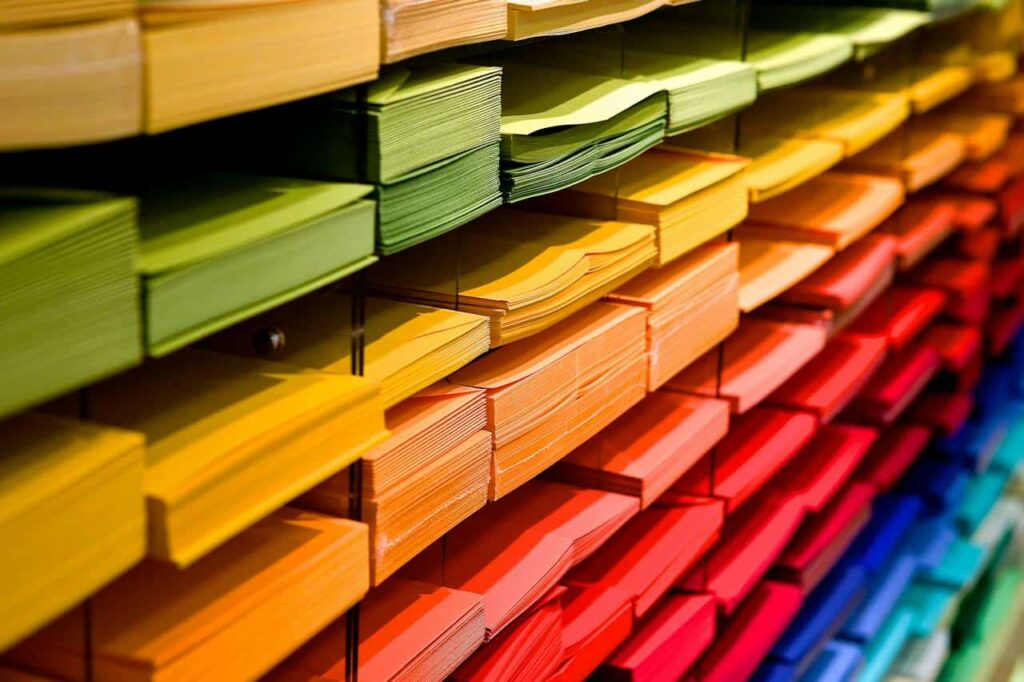
Colors are some of the first words children learn—so learn them in Russian today.
In this post, you’ll find the most common Russian color words from black-and-white to vibrant colors.
We’ll also show a mnemonic you can use to memorize these words and learn how to use gendered forms of each color.
Contents
- Russian Color Words Mnemonic
- Red — Красный
- Green — Зелёный
- Yellow — Жёлтый
- Pink — Розовый
- Black — Чёрный
- White — Белый
- Gray — Серый
- Light Blue — Голубой
- Navy — Синий
- Orange — Оранжевый
- Violet/Purple — Фиолетовый
- Brown — Коричневый
- Silver — Серебряный
- Gold — Золотой
- Light — Светлый
- Dark — Тёмный
- How to Use Russian Color Words
- And One More Thing...
Download: This blog post is available as a convenient and portable PDF that you can take anywhere. Click here to get a copy. (Download)
Russian Color Words Mnemonic
The Russian equivalent of R.O.Y. G. B.I.V. (remember him?) is this fun little phrase: Каждый охотник желает знать, где сидит фазан. (Every hunter wants to know where the pheasant is sitting.)
Фазан — фиолетовый (purple/violet)
Now let’s learn what are the most common Russian colors.
Red — Красный
Example:
Я побывал на Красной площади. (I visited Red Square.)
Green — Зелёный
Example:
Почему этот хлеб зелёный? (Why is this bread green?)
Yellow — Жёлтый
Example:
Солнце жёлтое. (The sun is yellow.)

Pink — Розовый
Example:
По средам мы носим розовое. (On Wednesdays, we wear pink.)
Black — Чёрный
Example:
Я не думаю, что чёрные кошки – к неудаче. (I don’t think black cats are bad luck.)
White — Белый
Example:
Снег такой белый! (The snow is so white!)
Gray — Серый
Example:
Какой серый день! (What a gray day!)
Light Blue — Голубой
Example:
Твои глаза голубее неба! (Your eyes are bluer than the sky!)
Note: You’ll notice that we have light blue and navy, but not just blue. That’s because in Russian, there are two distinct words for these two variations of the same color.
It turns out that, according to at least one study, Russians actually can differentiate between light and dark blue faster than English speakers.
Navy — Синий
Example:
Озеро такое синее! (The lake is so blue!)
Orange — Оранжевый
Example:
Фрукт оранжевого цвета. Это апельсин? (The fruit is the color orange. Is it an orange?)
Violet/Purple — Фиолетовый
Example:
Когда я надела фиолетовое платье, мой парень сказал, что я похож на Барни. (When I wore my purple dress, my boyfriend said that I looked like Barney.)
Brown — Коричневый
Example:
Коричневая собака быстро бегает. (The brown dog runs fast.)
Silver — Серебряный
Example:
Он подарил мне серебряное кольцо. (He gave me a silver ring.)
Gold — Золотой
Example:
Она выиграла золотую медаль. (She won a gold medal.)
Light — Светлый
Even though this word and the following one aren’t technically colors, they’re still useful to know.
Russians often will use them in place of actual color descriptors, especially when describing someone’s eye or hair color.
For example, if you have blue eyes and blond hair, you can use the same adjective (cветлый) for both attributes. The same works with тёмный for those with brown eyes and dark brown or black hair.
Example:
Цвет слишком светлый. (The color is too light.)
Dark — Тёмный
Example:
Это был тёмный день в истории. (It was a dark day in history.)
In this video, you’ll see different colors and how to say them in Russian:
How to Use Russian Color Words
It’s important to note that Russian colors change their endings according to their gender, number, and case. It might be confusing at first, but once you start to use the color words when speaking, you will get used to changing the endings.
Here are the endings for each gender and number:
Singular
Masculine:
-ый, -ий
Feminine:
-ая, -яя
Neuter:
-ое, -ее
Plural
For all genders:
-ые, -ие
These 16 vibrant words are a great place to start. You can find even more colorful words by keeping an eye out for them in native Russian media, like the videos on FluentU.
FluentU takes authentic videos—like music videos, movie trailers, news and inspiring talks—and turns them into personalized language learning lessons. You can try FluentU for free for 2 weeks. Check out the website or download the iOS app or Android app. P.S. Click here to take advantage of our current sale! (Expires at the end of this month.)
Add some color to your Russian vocabulary!
Download: This blog post is available as a convenient and portable PDF that you can take anywhere. Click here to get a copy. (Download)
If you love learning Russian and want to immerse yourself with authentic materials from Russia, then I should also tell you more about FluentU.
FluentU naturally and gradually eases you into learning the Russian language and culture. You'll learn real Russian as it's spoken by real Russian people!
FluentU has a very broad range of contemporary videos. Just a quick look will give you an idea of the variety of Russian-language content available on FluentU:
FluentU makes these native Russian videos approachable through interactive transcripts. Tap on any word to look it up instantly.
Access a complete interactive transcript of every video under the Dialogue tab. Easily review words and phrases with audio under Vocab.
All definitions have multiple examples, and they're written for Russian learners like you. Tap to add words you'd like to review to a vocab list.
And FluentU has a learn mode which turns every video into a language learning lesson. You can always swipe left or right to see more examples.
The best part? FluentU keeps track of your vocabulary, and gives you extra practice with difficult words. It'll even remind you when it’s time to review what you’ve learned. You'll have a 100% personalized experience.
Start using the FluentU website on your computer or tablet or, better yet, download the FluentU app from the iTunes or Google Play store. Click here to take advantage of our current sale! (Expires at the end of this month.)
And One More Thing...
